

Articles
How To Thaw Breast Milk From The Freezer
Modified: October 20, 2024
Learn effective techniques for safely thawing breast milk from the freezer. Discover expert tips and tricks in this informative article.
(Many of the links in this article redirect to a specific reviewed product. Your purchase of these products through affiliate links helps to generate commission for Storables.com, at no extra cost. Learn more)
Introduction
The process of thawing breast milk is an essential step for nursing mothers who store their milk in the freezer. Whether you are returning to work, going on a trip, or simply need to build a milk stash, knowing how to safely thaw breast milk is crucial to ensure your baby receives the best nutrition possible.
In this article, we will guide you through the proper techniques for thawing breast milk from the freezer. We will explore different thawing methods, common mistakes to avoid, safety considerations, and tips for using thawed breast milk effectively. By following these guidelines, you can ensure that your baby receives the highest quality breast milk even after it has been frozen.
Before we dive into the specifics of thawing breast milk, let’s take a moment to understand the importance of proper breast milk storage.
Key Takeaways:
- Proper thawing techniques, such as room temperature, refrigerator, or bottle warmer methods, ensure that thawed breast milk remains safe and nutritious for your baby’s consumption.
- Avoid common mistakes, follow safety guidelines, and use thawed breast milk within 24 hours to provide your baby with the best possible nutrition and minimize the risk of bacterial contamination.
Read more: How To Organize Breast Milk In Freezer
Understanding Breast Milk Storage
Proper storage is crucial to maintain the quality and safety of breast milk. When stored correctly, breast milk can retain its nutritional value for a certain period. Understanding the basics of breast milk storage will help you make informed decisions about thawing and using the milk.
Here are some key points to keep in mind:
- Freshly expressed milk: Breast milk that has just been pumped at room temperature (around 77°F or 25°C) is safe to be fed to your baby immediately. It can be stored in a sterile container or a breast milk storage bag for a maximum of 4 hours.
- Refrigerated storage: If you need to store breast milk for a longer period, place it in the back of the refrigerator, where the temperature is coldest. Breast milk can be stored in the refrigerator for up to 4 days, but using it within 2 days is recommended to ensure freshness.
- Frozen storage: Freezing breast milk can extend its shelf life. It can be stored in a standard freezer compartment within a refrigerator (set to 0°F or -18°C) for up to 3-6 months. Alternatively, breast milk can be stored in a deep freezer (set to -4°F or -20°C) for up to 12 months.
Now that you have a basic understanding of breast milk storage, let’s explore the proper techniques for thawing breast milk from the freezer.
Proper Techniques for Thawing Breast Milk
Thawing breast milk may seem straightforward, but it is important to follow the correct techniques to preserve its quality and ensure its safety for your baby. Here are three recommended methods for thawing breast milk:
Room Temperature Thawing Method
This method is the simplest and fastest way to thaw breast milk. Follow these steps:
- Remove the frozen breast milk from the freezer.
- Place the milk container in a bowl of warm water. The water should be at room temperature or slightly warmer (around 98°F or 37°C).
- Rotate the container occasionally to distribute the heat evenly. Avoid submerging the entire container in water to prevent contamination.
- After the milk has thawed completely, gently swirl the container to mix the separated layers of milk.
- Check the temperature of the milk by pouring a few drops on your inner wrist. It should feel lukewarm, not hot.
- Thawed breast milk can be stored in the refrigerator and should be used within 24 hours.
Refrigerator Thawing Method
If you have time and plan ahead, thawing breast milk in the refrigerator is a safe and convenient method. Here’s how to do it:
- Transfer the frozen breast milk from the freezer to the refrigerator. Allow sufficient time for the milk to thaw completely. It may take between 12 to 24 hours, depending on the amount of milk.
- Once the milk has thawed, gently swirl the container to mix the separated layers of milk.
- Before using the milk, warm it by placing the container in a bowl of warm water. The water should be at around body temperature (approximately 98.6°F or 37°C).
- Always check the temperature of the milk by pouring a few drops on your inner wrist before feeding it to your baby. It should feel lukewarm, not hot.
- Once thawed, breast milk can be stored in the refrigerator and should be used within 24 hours.
Read more: How Long Can Breast Milk Be In The Freezer
Thawing Breast Milk Using a Bottle Warmer
A bottle warmer can be a convenient tool for thawing breast milk quickly while maintaining a consistent temperature. Here’s how to use it:
- Follow the manufacturer’s instructions to set up the bottle warmer.
- Place the frozen breast milk container in the bottle warmer.
- Adjust the settings to the recommended temperature for thawing breast milk.
- Wait for the milk to thaw completely. Gently swirl the container to mix the separated layers of milk.
- Before feeding the baby, always check the temperature of the milk by pouring a few drops on your inner wrist. It should feel lukewarm, not hot.
- Thawed breast milk can be stored in the refrigerator and should be used within 24 hours.
Using one of these thawing methods will ensure that your breast milk is ready for feeding while maintaining its nutritional value. However, it is important to avoid common mistakes that can compromise the quality and safety of your breast milk.
Room Temperature Thawing Method
The room temperature thawing method is one of the simplest and quickest ways to thaw breast milk. It requires minimal effort and is ideal for situations where you need to thaw breast milk urgently. Follow these steps to safely thaw breast milk at room temperature:
- Remove the frozen breast milk container from the freezer. Ensure that the container is securely sealed to prevent any potential leaks during the thawing process.
- Place the frozen breast milk container in a clean bowl or basin. It is important to choose a bowl or basin that is large enough for the container to fit comfortably.
- Fill the bowl or basin with lukewarm water. The water temperature should be around 98°F (37°C) to closely resemble body temperature.
- Submerge the frozen breast milk container in the lukewarm water. Ensure that the water level is sufficient to cover the entire container without overflowing. Keep in mind that the water should not be too hot, as it can potentially damage the nutrients in the breast milk.
- Allow the frozen breast milk to thaw naturally in the lukewarm water. Gently swirl the container occasionally to aid in the thawing process and distribute the heat evenly.
- Monitor the thawing process closely to ensure that the milk thaws evenly and does not overheat. Avoid using hot water or placing the container next to a direct heat source, as this can cause uneven thawing and may compromise the quality of the breast milk.
- After the breast milk has thawed completely, remove the container from the water. Check the temperature of the milk by pouring a small amount onto the inside of your wrist. It should feel lukewarm, neither too hot nor too cold.
- Once the breast milk is thawed and checked for temperature, gently shake or swirl the container to mix any separated layers. Avoid vigorously shaking the container, as this can introduce air bubbles and potentially decrease the nutritional value of the breast milk.
- Use the thawed breast milk within 24 hours to ensure its freshness and nutritional integrity. If you do not plan to use the milk immediately, transfer it to a clean, sterilized container and store it in the refrigerator.
The room temperature thawing method provides a convenient and efficient way to thaw breast milk from the freezer, ensuring that it is safe for your baby to consume. However, it is important to note that once breast milk is thawed, it should not be refrozen. Always discard any unused thawed breast milk after 24 hours to prevent the risk of bacterial contamination.
Now that you know how to safely thaw breast milk at room temperature, let’s explore another popular thawing method: refrigerator thawing.
Refrigerator Thawing Method
The refrigerator thawing method is a safe and convenient way to thaw breast milk gradually. This method is ideal if you have time to plan ahead and can thaw the milk overnight or over a longer period. Follow these steps to thaw breast milk using the refrigerator:
- Retrieve the frozen breast milk container from the freezer. Ensure that the container is properly sealed to prevent any leakage during the thawing process.
- Choose a clean, designated area in your refrigerator to place the frozen breast milk container. Ensure that the area maintains a stable temperature of around 39°F to 45°F (4°C to 7°C) to prevent any spoilage.
- Place the frozen breast milk container in the designated area of your refrigerator. Ensure that the container is securely placed and won’t be knocked over or disturbed.
- Allow the frozen breast milk to thaw gradually in the refrigerator. The thawing process may take approximately 12 to 24 hours, depending on the size and thickness of the frozen milk. It is important to be patient and resist the urge to hasten the thawing process by using other methods such as heating or hot water.
- As the breast milk thaws, it is normal for it to undergo some separation, with cream rising to the top. Before feeding or using the thawed breast milk, gently swirl the container to mix the separated layers. Avoid vigorous shaking, as it can introduce excess air and potentially denature the nutrients in the breast milk.
- Check the temperature of the thawed breast milk by pouring a few drops onto the inside of your wrist. It should feel lukewarm, neither too hot nor too cold.
- If you plan to use the thawed breast milk immediately, proceed with your preferred feeding method. If you do not plan to use the milk right away, transfer it to a clean, sterilized container and store it in the refrigerator.
- Thawed breast milk can be safely stored in the refrigerator for up to 24 hours. After this time, it is recommended to discard any unused breast milk to ensure its freshness and prevent the growth of harmful bacteria.
The refrigerator thawing method allows for a gradual and controlled thawing process, preserving the quality and nutritional value of the breast milk. Additionally, this method eliminates the need to use external heat sources, reducing the risk of overheating and potential nutrient loss.
Now that you are familiar with the refrigerator thawing method, let’s explore an alternative method using a bottle warmer.
Thawing Breast Milk Using a Bottle Warmer
A bottle warmer is a convenient tool for safely and efficiently thawing breast milk. This method allows for precise temperature control, ensuring that the milk is warmed to the optimal temperature for your baby. Follow these steps to thaw breast milk using a bottle warmer:
- Begin by carefully reading and following the manufacturer’s instructions for operating the bottle warmer. Each model may have specific guidelines and temperature settings.
- Retrieve the frozen breast milk container from the freezer. Ensure that the container is properly sealed and undamaged.
- Place the frozen breast milk container in the bottle warmer, ensuring that it is positioned securely. If using a bottle warmer specifically designed for breast milk storage bags, place the bag in the designated holder.
- Set the bottle warmer to the recommended temperature for thawing breast milk. It is generally recommended to use the lowest temperature setting to gently warm the milk without risking overheating.
- Start the bottle warmer and wait for the thawing process to complete. Bottle warmers typically have a built-in timer that automatically shuts off once the set time has elapsed.
- Once the breast milk has thawed, gently remove the container or breast milk storage bag from the bottle warmer.
- Before using the milk, check the temperature by pouring a few drops onto the inside of your wrist. It should feel lukewarm, neither too hot nor too cold.
- If you do not plan to use the thawed breast milk immediately, transfer it to a clean, sterilized container and store it in the refrigerator.
- Thawed breast milk can be safely stored in the refrigerator for up to 24 hours. After this time, it is recommended to discard any unused breast milk to ensure its freshness and prevent the growth of harmful bacteria.
The bottle warmer method provides a convenient and efficient way to thaw breast milk, especially for parents who prefer precise temperature control. However, it is important to note that not all bottle warmers are designed specifically for breast milk. Ensure that the bottle warmer you use has appropriate temperature settings and functionality for thawing breast milk.
Now that you know how to thaw breast milk using a bottle warmer, let’s explore some common mistakes to avoid when thawing breast milk.
Read more: How To Store Breast Milk Bags In Freezer
Avoiding Common Mistakes When Thawing Breast Milk
Thawing breast milk requires careful attention to ensure the safety and quality of the milk for your baby. Here are some common mistakes to avoid when thawing breast milk:
- Avoid using high temperatures: Thawing breast milk at high temperatures, such as using boiling water or a microwave, can destroy essential nutrients and immune-boosting properties. It is best to use gentle and gradual thawing methods to preserve the milk’s quality.
- Never refreeze thawed breast milk: Once breast milk has been thawed, it should not be refrozen. Refreezing can lead to a loss of nutrients and an increased risk of bacterial contamination. It is important to thaw only the amount of breast milk that you intend to use.
- Avoid shaking vigorously: While it is important to mix any separated layers in thawed breast milk, shaking the milk vigorously can introduce excess air and potentially damage its delicate nutrients. Instead, gently swirl the container to combine the layers.
- Do not thaw breast milk at room temperature for extended periods: Leaving breast milk at room temperature for an extended period can increase the risk of bacterial growth. It is best to use a method of thawing that ensures the milk remains at a safe temperature.
- Don’t thaw breast milk in hot water: Thawing breast milk in hot water can cause uneven and excessive heat exposure, leading to potential nutrient loss. It is crucial to use lukewarm water or a bottle warmer set to a safe temperature.
- Avoid thawing breast milk on the countertop: Thawing breast milk on the countertop can expose it to various contaminants and compromise its safety. Always use clean bowls, basins, or designated storage containers when thawing breast milk.
- Never thaw breast milk in the microwave: Microwaving breast milk can create hot spots and uneven heating, which can destroy valuable nutrients and create a burn risk for your baby. It is best to avoid using the microwave altogether when thawing breast milk.
By avoiding these common mistakes, you can ensure that the thawed breast milk remains safe, retains its nutritional value, and is suitable for feeding your baby.
Now that you are aware of the common mistakes to avoid, let’s delve into the safety considerations and guidelines to follow when handling thawed breast milk.
When thawing breast milk from the freezer, place the frozen milk in the refrigerator overnight or hold the container under warm running water until it reaches room temperature. Avoid using a microwave to thaw breast milk as it can destroy valuable nutrients.
Safety Considerations and Guidelines
Ensuring the safety of thawed breast milk is paramount to protect your baby’s health. Here are some important safety considerations and guidelines to keep in mind:
- Properly store thawed breast milk: Thawed breast milk should be stored in a clean, sterilized container with a tight-fitting lid. Label the container with the date to track its freshness.
- Handle thawed breast milk with clean hands: Before handling thawed breast milk, wash your hands thoroughly with soap and water. This helps prevent the transfer of any bacteria or contaminants to the milk.
- Use thawed breast milk within 24 hours: Thawed breast milk should be used within 24 hours after thawing to ensure its freshness and nutritional integrity. Discard any unused milk after this timeframe.
- Refrigerate thawed breast milk promptly: If you don’t plan to use the thawed breast milk immediately, refrigerate it as soon as possible. It is important to store it at a temperature below 39°F (4°C) to inhibit bacterial growth.
- Do not refreeze thawed breast milk: Once breast milk has been thawed and reaches room temperature or higher, it should not be refrozen. This can compromise its quality and increase health risks.
- Warm thawed breast milk before feeding: Before offering thawed breast milk to your baby, warm it to a suitable temperature. You can use a bottle warmer or place the container in warm water, ensuring that the temperature is not too hot.
- Check the temperature before feeding: Always test the temperature of the thawed breast milk before feeding your baby. It should feel lukewarm on the inside of your wrist, neither too hot nor too cold.
- Observe the appearance and smell of the milk: Inspect the thawed breast milk visually. It should have a creamy, white appearance, and there should be no unusual odor. If you notice any discoloration or an unpleasant smell, discard the milk.
- Monitor your baby’s reaction: After feeding thawed breast milk to your baby, observe any unusual fussiness, vomiting, or diarrhea. If you suspect any adverse reactions, consult your pediatrician.
By following these safety considerations and guidelines, you can ensure that the thawed breast milk remains safe and suitable for your baby’s consumption.
Now that we have covered the safety aspects, let’s explore some tips for safely using thawed breast milk.
Tips for Safely Using Thawed Breast Milk
Using thawed breast milk safely and effectively is important to ensure the well-being of your baby. Here are some helpful tips to keep in mind when using thawed breast milk:
- Follow the first-in, first-out rule: If you have multiple containers of thawed breast milk, use the oldest milk first to prevent any milk from going unused and eventually expiring.
- Thaw and warm only what you need: Thaw and warm only the amount of breast milk you anticipate using for one feeding. This reduces the risk of waste and ensures the freshness of the remaining milk.
- Do not mix fresh and thawed breast milk: Avoid combining freshly expressed breast milk with thawed milk in the same container. Mixing different temperatures can affect the overall quality of the milk.
- Consider thawed breast milk for daycare: If your baby is in daycare, discuss the thawing and handling procedures with the caregivers to ensure they maintain the safety and quality of the thawed breast milk.
- Label the containers: Properly label each container of thawed breast milk with the date it was thawed. This helps you keep track of the freshness of the milk and ensures you use it within the recommended time frame.
- Thaw small portions for frequent feedings: If your baby requires frequent feedings throughout the day, consider thawing smaller portions of breast milk to avoid waste and maximize freshness.
- Consider freezing breast milk in smaller portions: If you frequently thaw breast milk for individual feedings, consider freezing it in smaller portions to make thawing more convenient and minimize the risk of waste.
- Educate caregivers on proper thawing: If others will be feeding your baby with thawed breast milk, provide them with instructions on the proper thawing techniques and emphasize the importance of following safety guidelines.
- Keep a thawing and feeding log: Maintaining a log of when breast milk was thawed and used can help you keep track of its freshness and ensure you are using it within the recommended time frame.
- When in doubt, consult a healthcare professional: If you have any concerns or questions about using thawed breast milk, consult your pediatrician or a lactation consultant for expert advice and guidance.
By following these tips, you can safely and efficiently use thawed breast milk, ensuring that your baby receives the best possible nutrition.
Now, let’s summarize what we have learned in this article about thawing breast milk.
Conclusion
Thawing breast milk from the freezer is a vital process for nursing mothers who want to provide their babies with the benefits of breast milk even when they are unable to directly breastfeed. By following the proper techniques and guidelines, you can ensure that your thawed breast milk remains safe, nutritious, and suitable for your baby’s consumption.
Throughout this article, we have explored various methods for thawing breast milk, including the room temperature method, refrigerator method, and the use of a bottle warmer. We have emphasized the importance of avoiding common mistakes, such as using high temperatures, refreezing thawed milk, and shaking the milk vigorously. We have also discussed important safety considerations, such as proper storage, cleanliness, and temperature control.
By adhering to safety protocols, using thawed breast milk within 24 hours, and monitoring your baby’s reaction, you can confidently provide your little one with the nourishment they need. Additionally, tips such as following the first-in, first-out rule, thawing and warming only what you need, and educating caregivers can further enhance your experience with thawed breast milk.
Remember, breast milk is a valuable source of nutrition, immune-boosting properties, and bonding between you and your baby. By understanding the importance of proper thawing techniques and implementing safe practices, you can continue to provide the many benefits of breast milk to your baby, even when you are temporarily apart or facing other circumstances that prevent direct breastfeeding.
As always, if you have any questions or concerns, it is best to consult with your healthcare provider, lactation consultant, or other breastfeeding resources. They can provide personalized advice and guidance to ensure you navigate the process of thawing breast milk with confidence.
Thawing breast milk may seem like a small task, but by approaching it with care and knowledge, you can continue to provide your baby with the amazing nourishment that only breast milk can offer.
Frequently Asked Questions about How To Thaw Breast Milk From The Freezer
Was this page helpful?
At Storables.com, we guarantee accurate and reliable information. Our content, validated by Expert Board Contributors, is crafted following stringent Editorial Policies. We're committed to providing you with well-researched, expert-backed insights for all your informational needs.
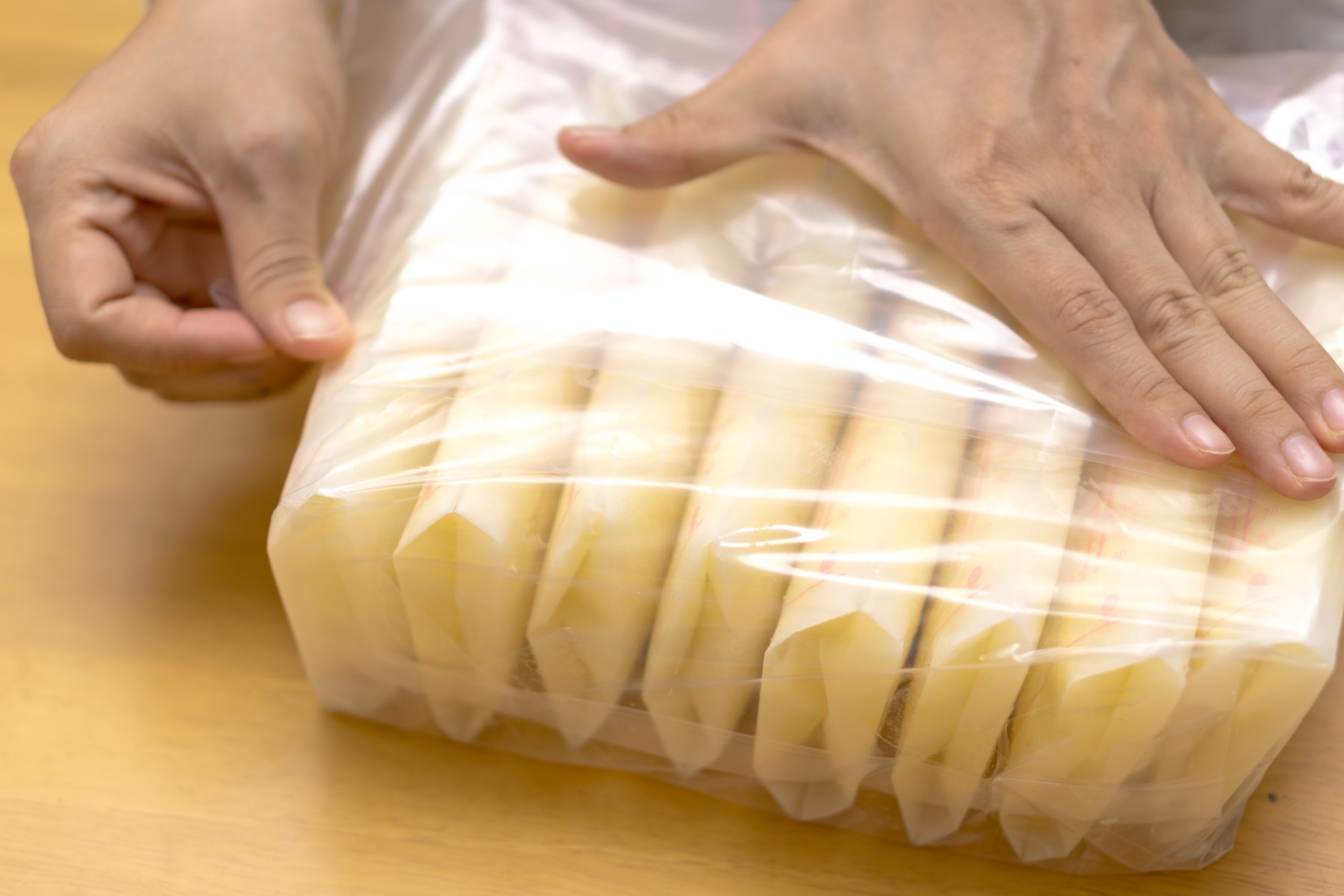
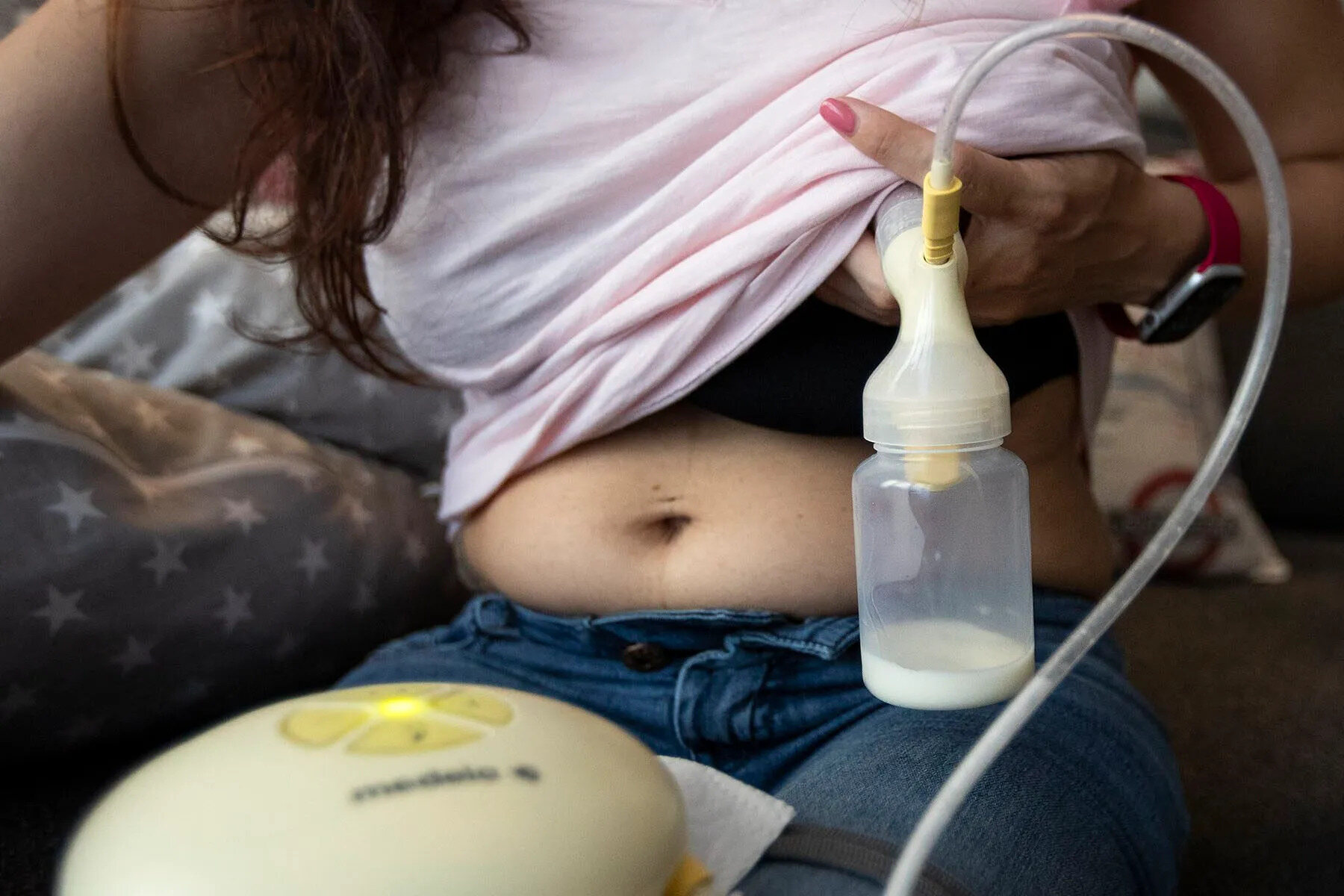
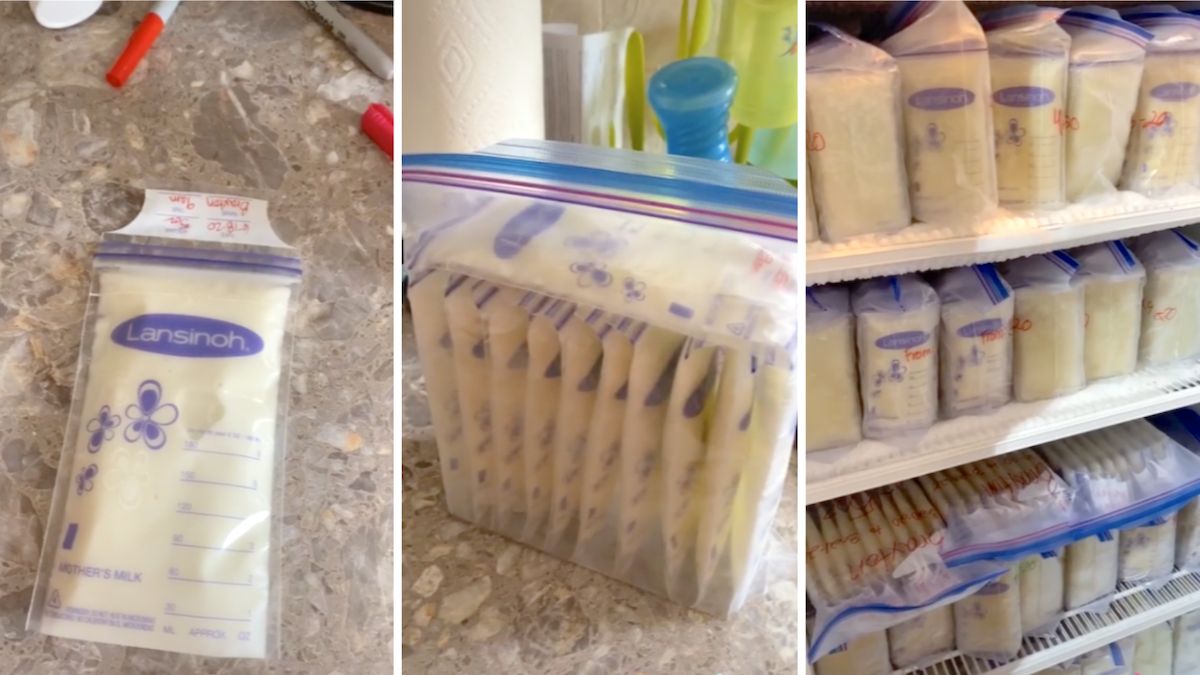
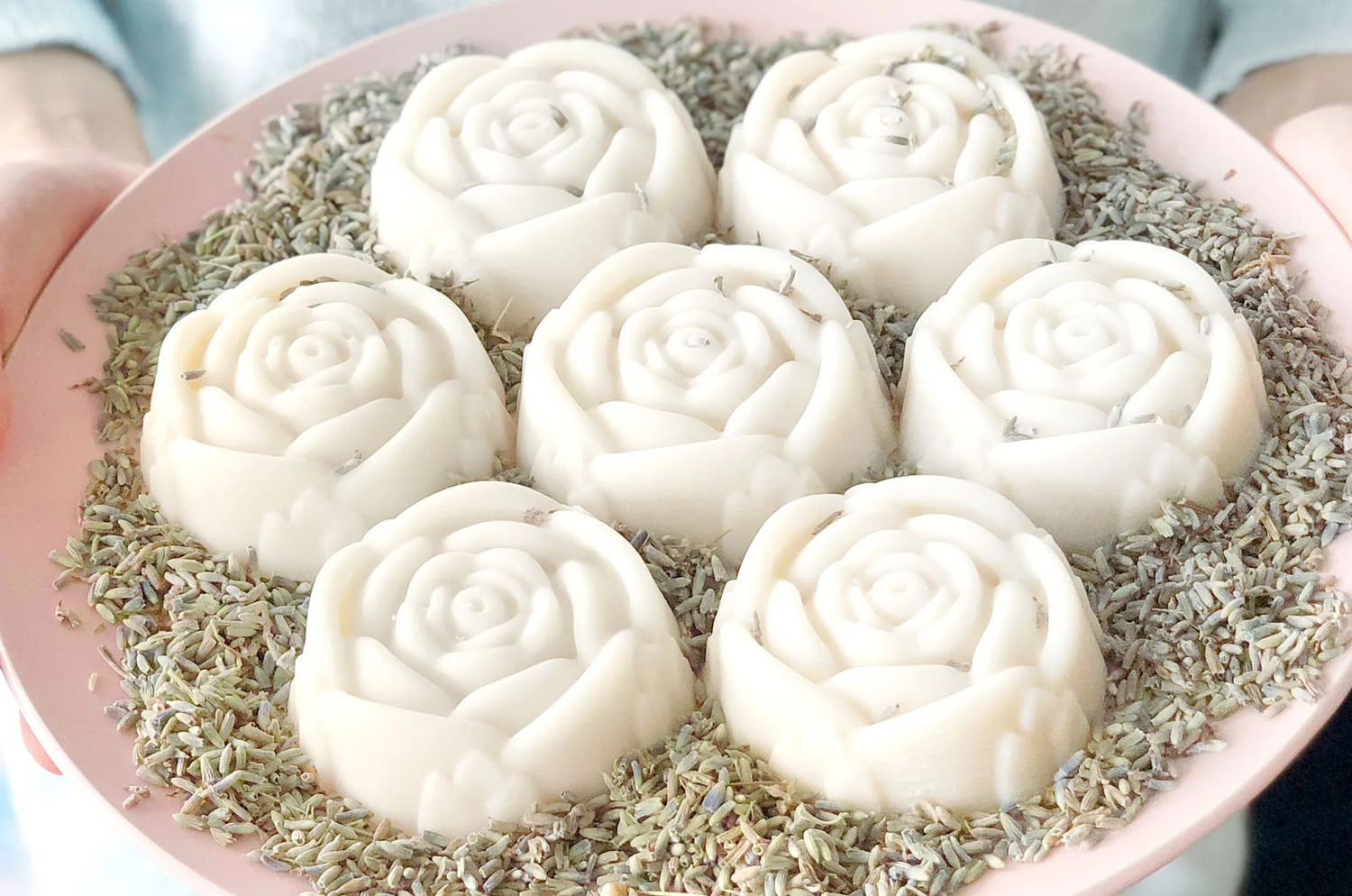
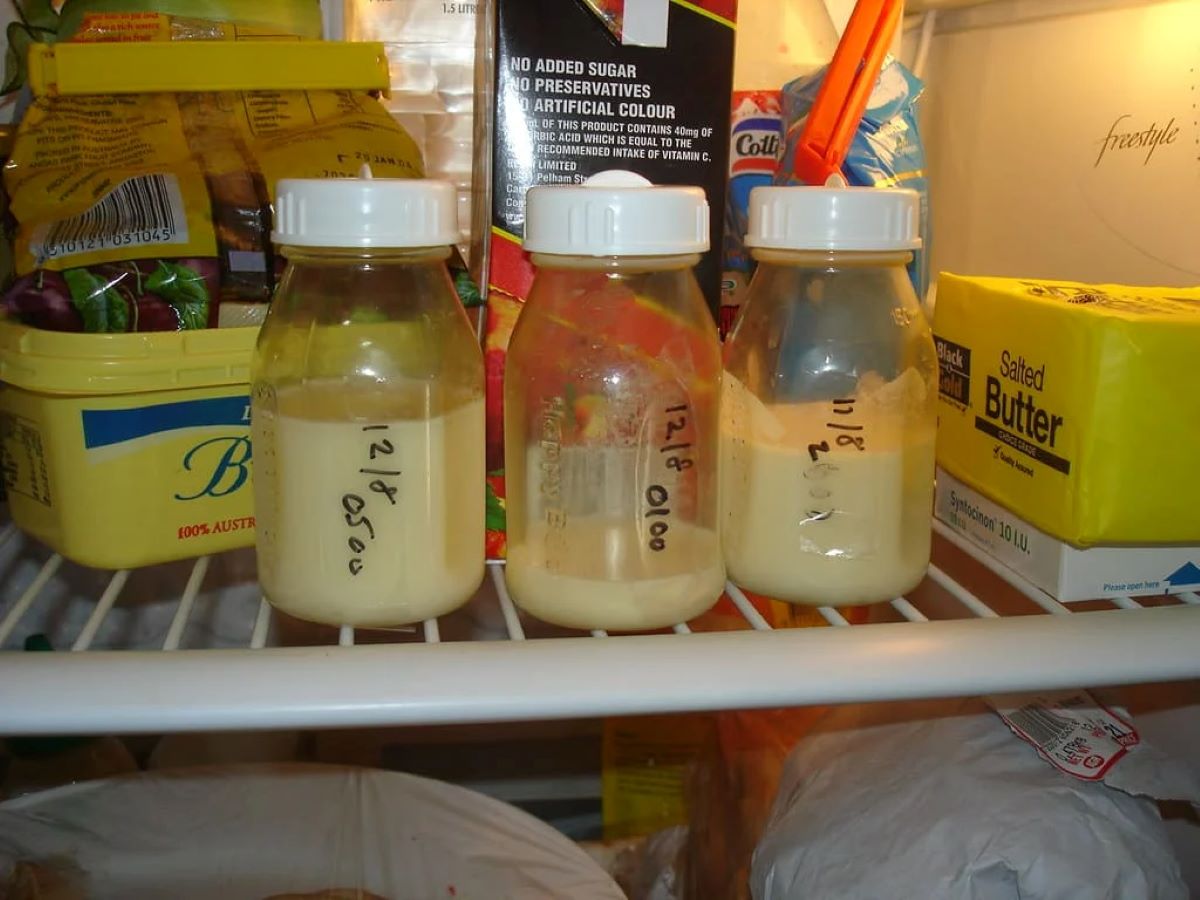
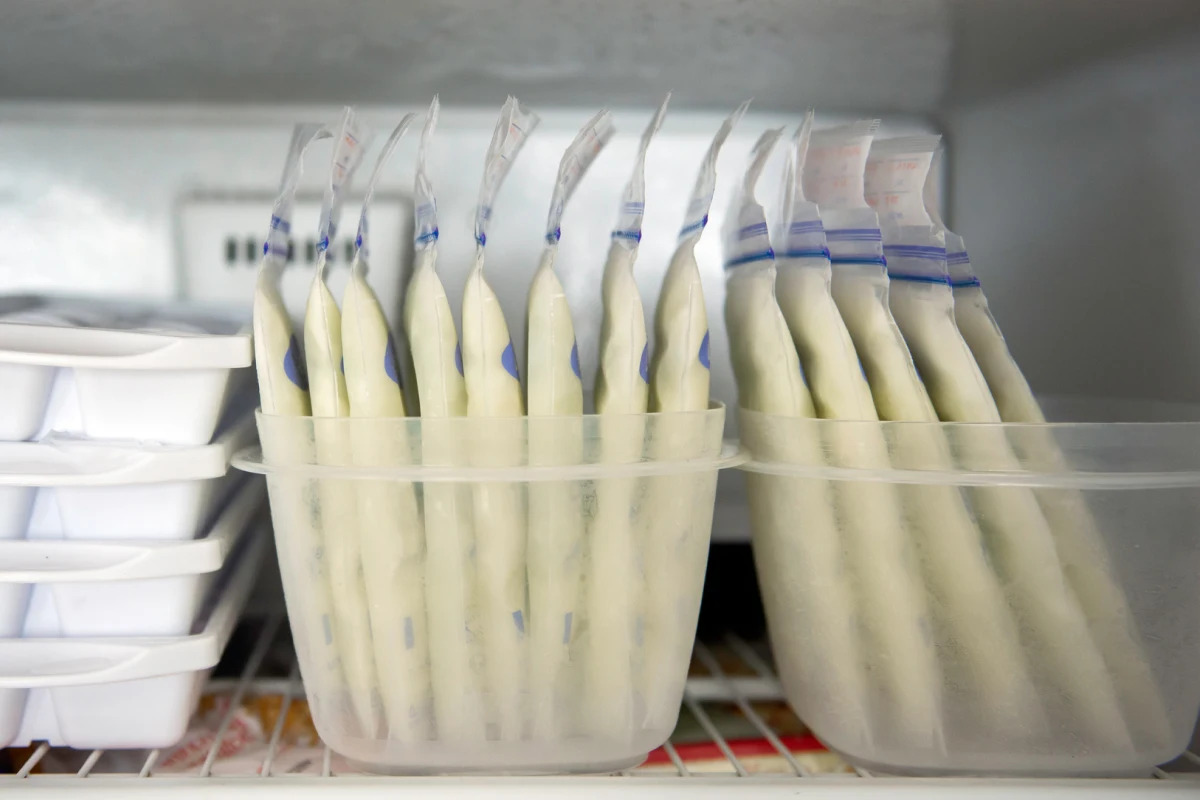
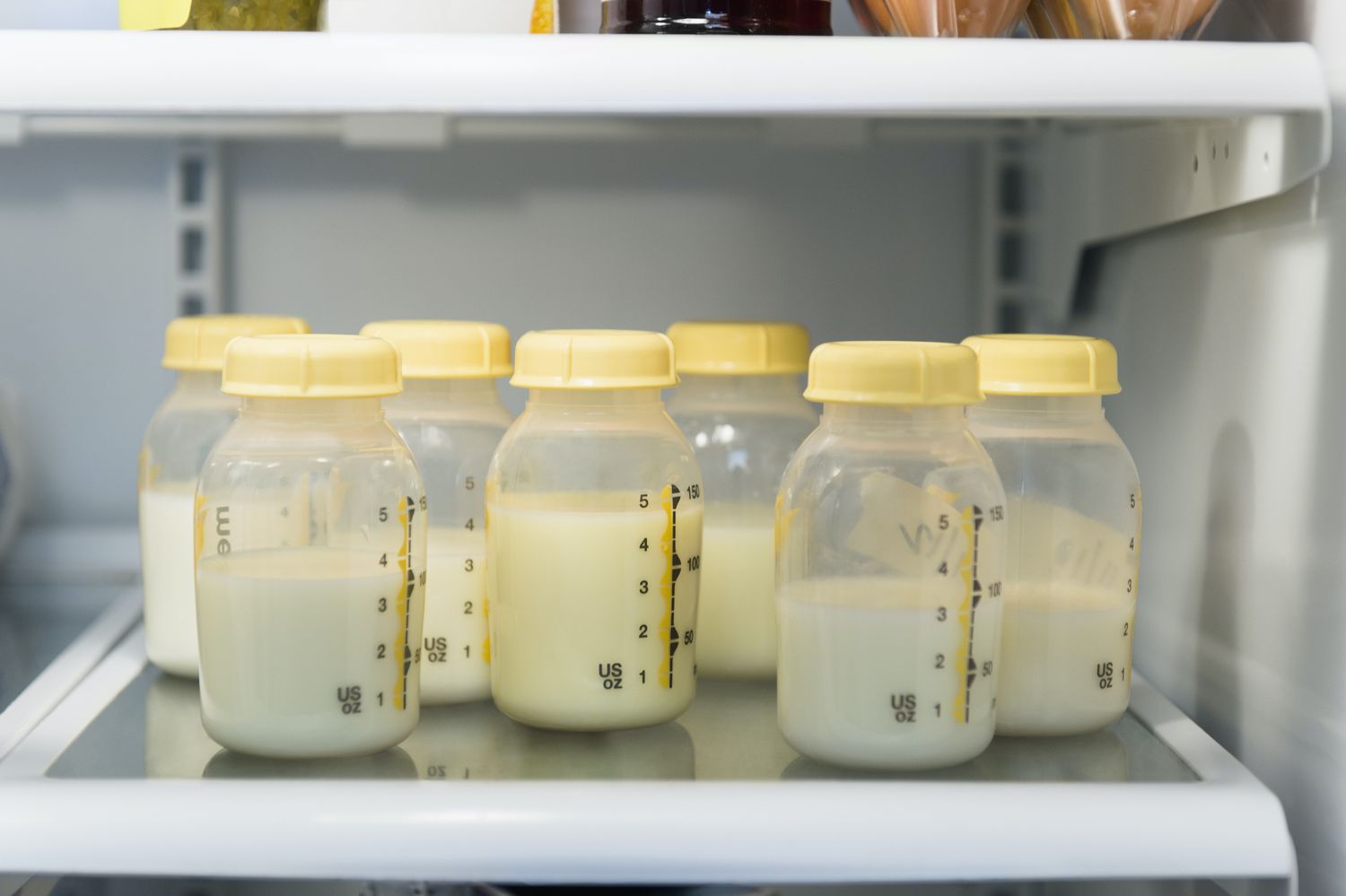
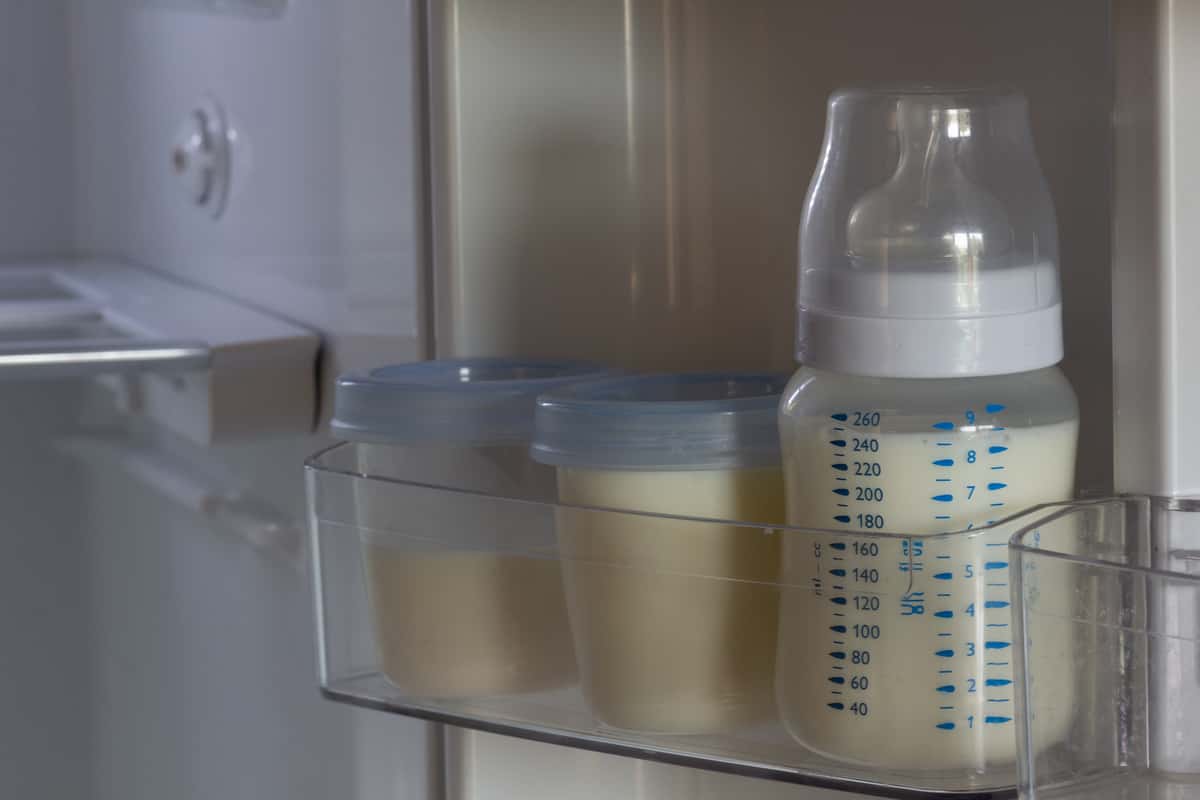
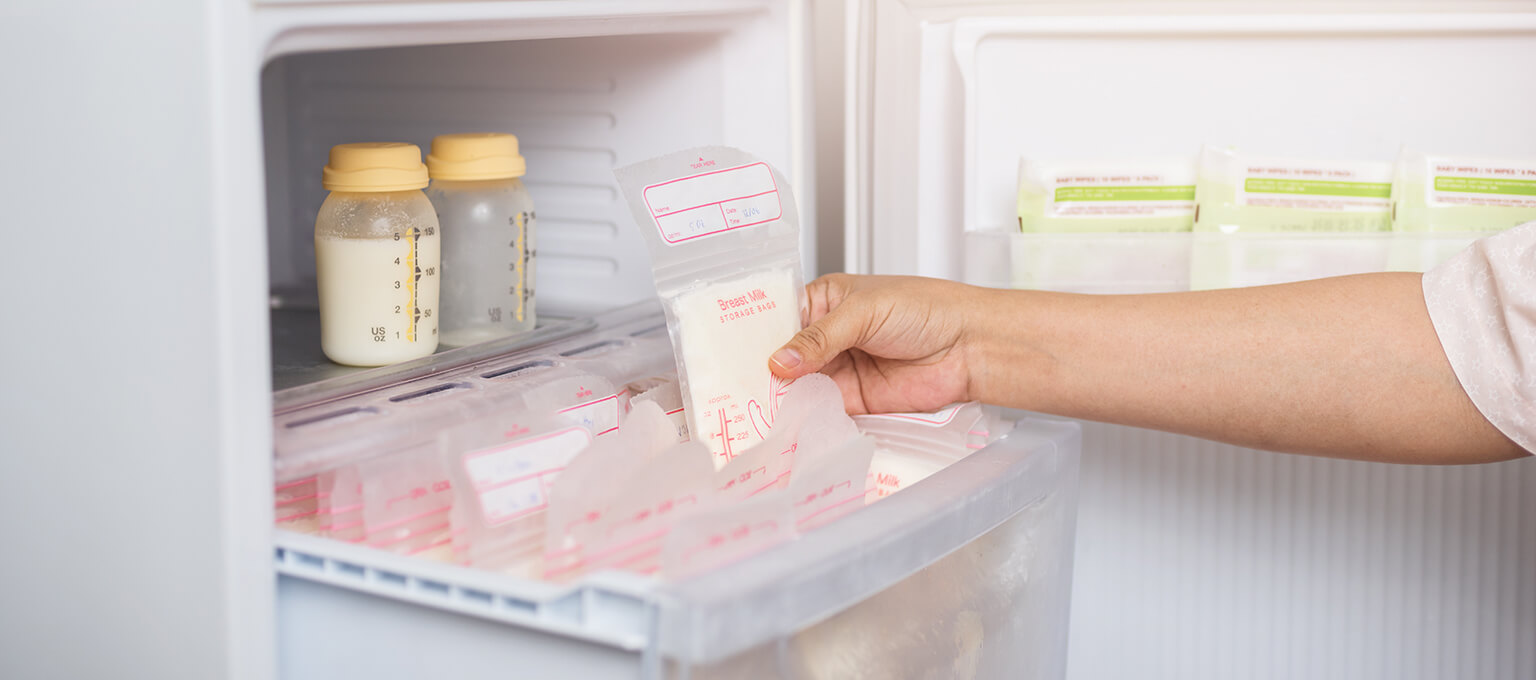
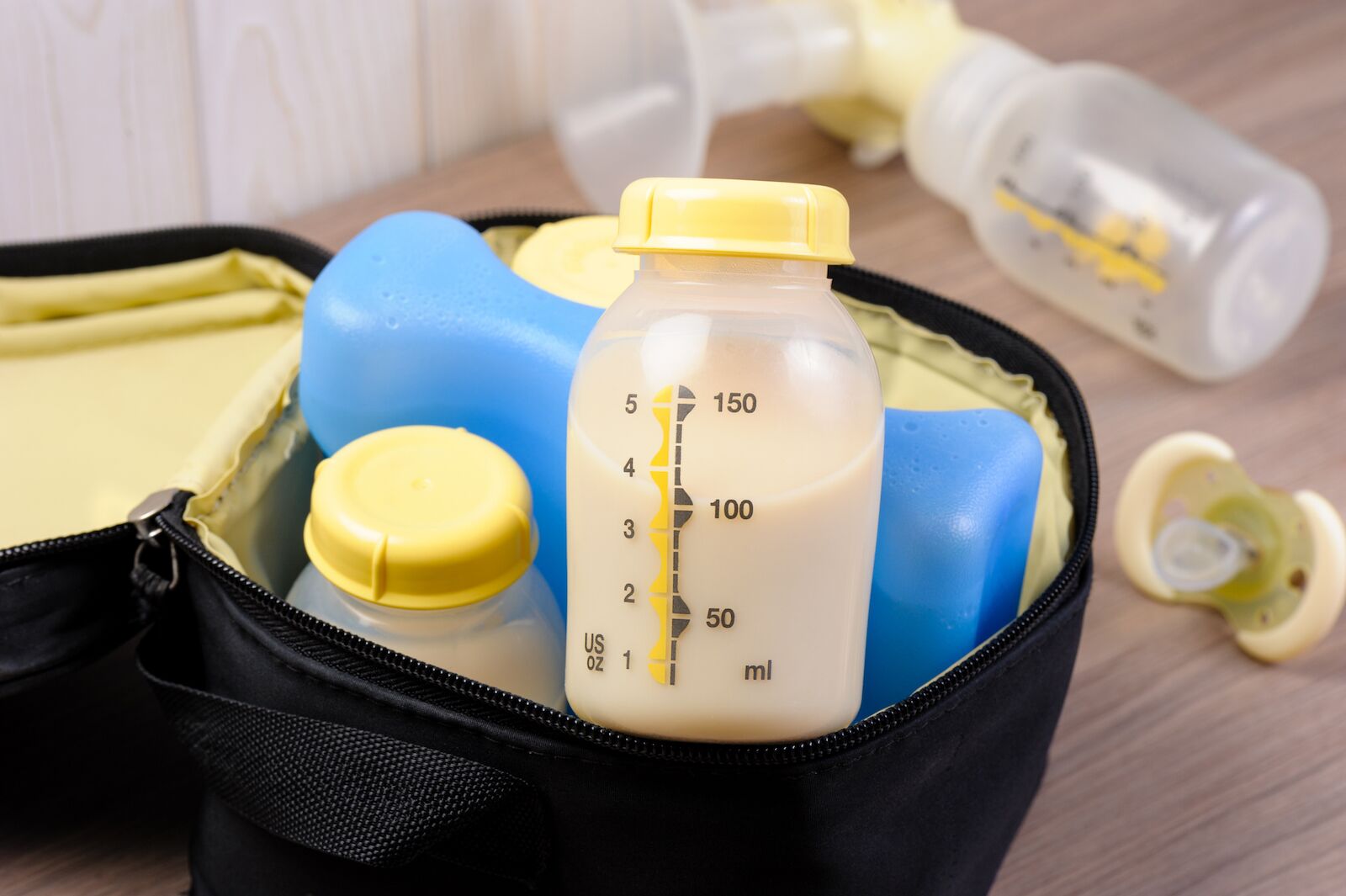
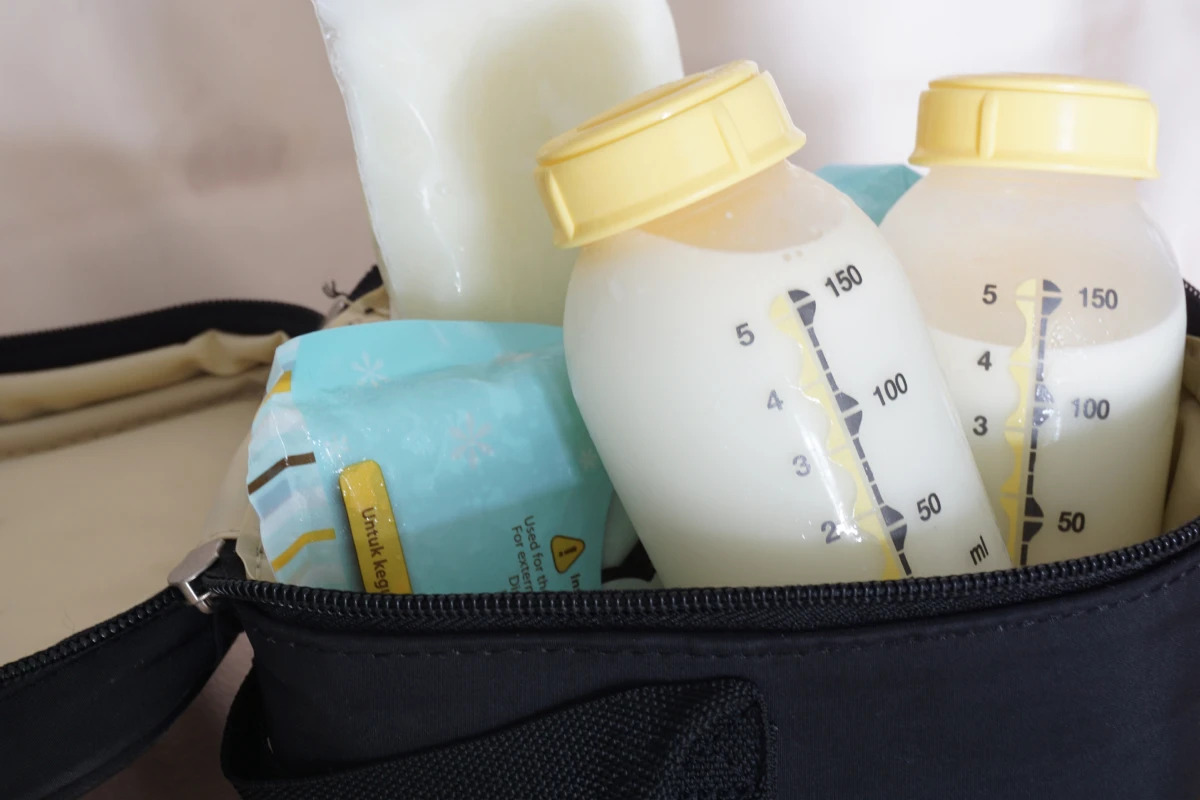
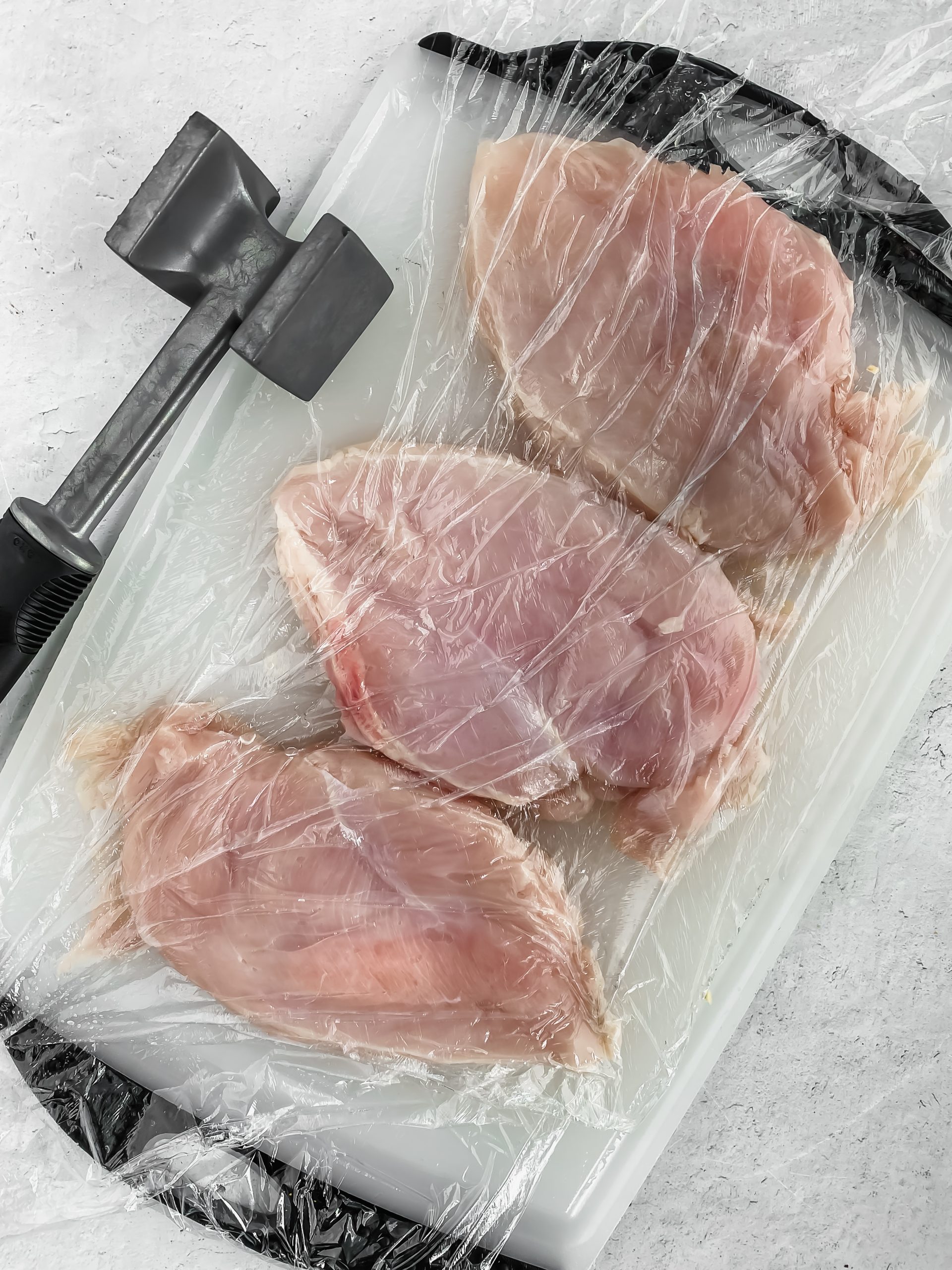
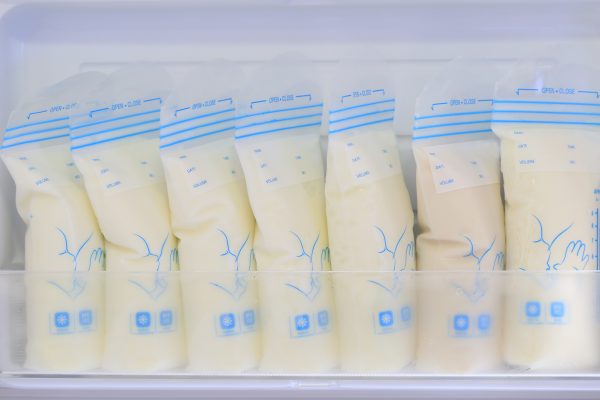

0 thoughts on “How To Thaw Breast Milk From The Freezer”